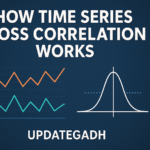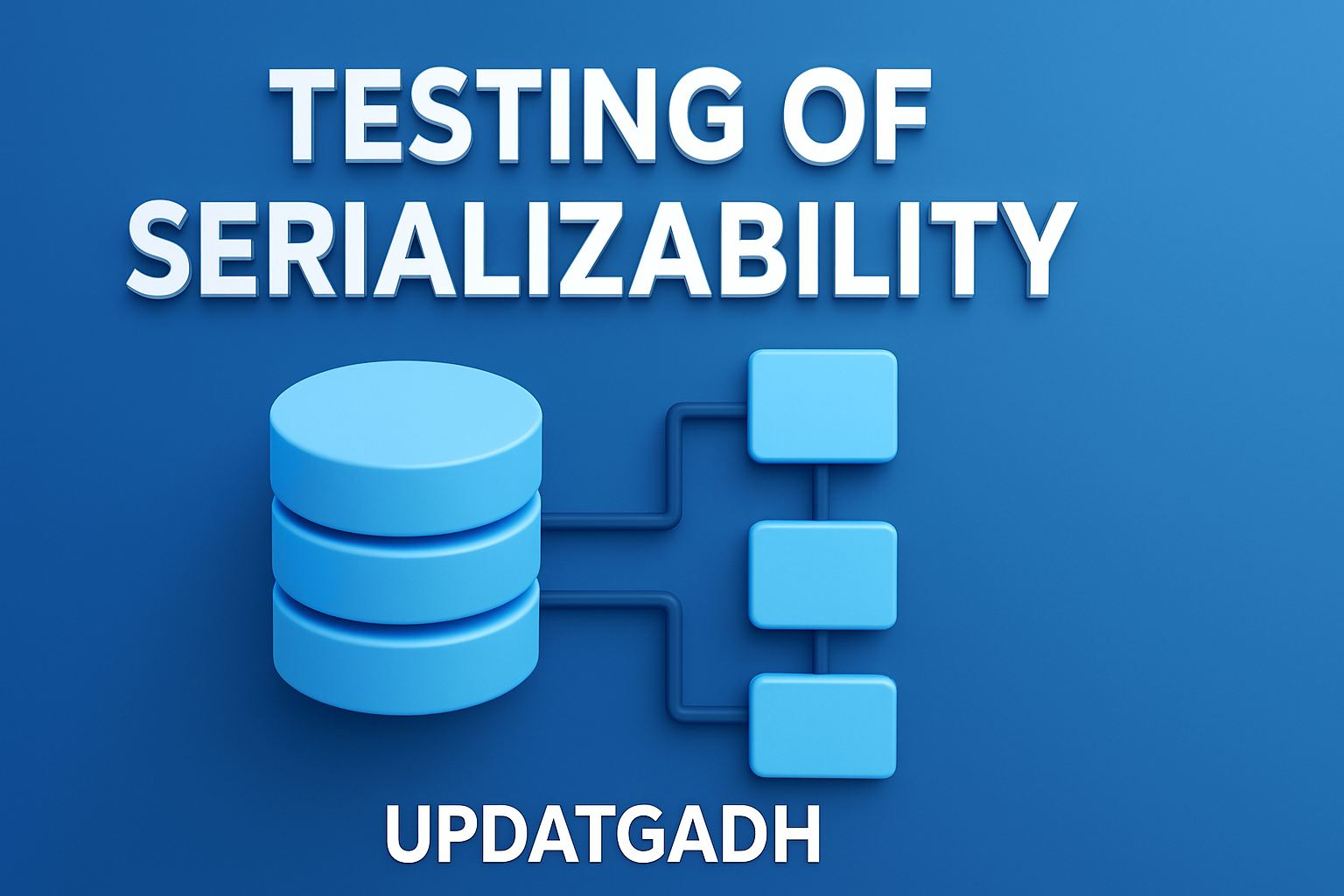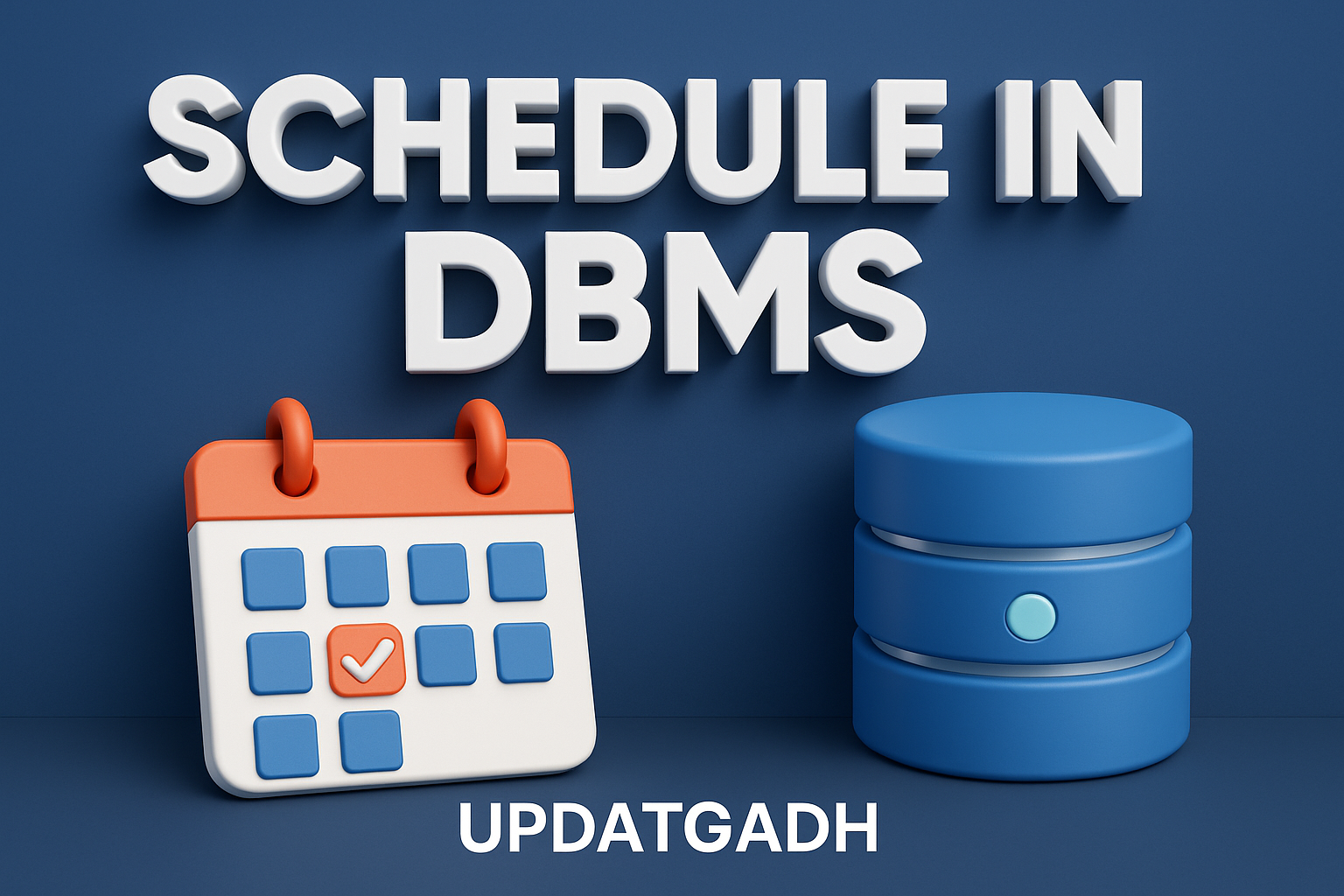

Join Dependency
Join Dependency
A Join Dependency (JD) in database systems occurs when a large table can be divided into smaller tables, and later the original table can be reconstructed by joining these smaller tables together.
In simpler terms: imagine a large relation R being broken into sub-relations R1, R2, R3, …. If we perform a natural join on all of them and end up with exactly the same table R, then we have a Join Dependency.
This concept is especially useful when dealing with complex relationships in large datasets, as it helps ensure that the data is stored efficiently without losing meaning.
Machine Learning Tutorial:–Click Here
Data Science Tutorial:-Click Here
Complete Advance AI topics:- CLICK HERE
Deep Learning Tutorial:- Click Here
Understanding Join Dependency
Join dependencies often appear in situations where the information in one table is dependent on data from another table. It illustrates how different pieces of data relate to each other and how they must coexist for the dataset to make sense.
They are particularly relevant in database normalization, especially in Fifth Normal Form (5NF). At this level, a table is broken down into the most efficient structure possible while preserving meaning and eliminating redundancy.
If splitting and then rejoining the table does not change the data at all, the join dependency may be trivial—meaning it doesn’t add much value in that scenario.
Notation:
R = R1 ⨝ R2 ⨝ R3 ⨝ ... ⨝ Rn
Here ⨝ represents a natural join, and R1 to Rn are sub-relations.
Join dependency is a generalization of multivalued dependencies. If the join of R1 and R2 over common attributes results in the original relation R, we say that a JD exists.
For example:
- R1(A, B, C) and R2(C, D) are decompositions of R(A, B, C, D).
- If joining them using C results in the original R, it is a lossless decomposition and represents a valid join dependency.
Types of Join Dependency
Join dependencies can be categorized into two main types:
1. Lossless Join Dependency
A lossless join means that when a table is divided into smaller tables and then joined back, no data is lost. The original information is completely preserved.
Example:
If an employee table is split into:
- One table with Name and ID
- Another table with ID and Salary
…we should be able to join them back using ID to get exactly the original table.
This type is ideal, as it ensures accuracy and data integrity after decomposition.
2. Lossy Join Dependency
A lossy join means that rejoining the tables may cause data loss or duplication. The joined table might not be identical to the original—it could have missing rows or unwanted extra rows (spurious tuples).
This usually happens when the join is done without the correct key or join condition.
Example – Company_Stats
Original Table: Company_Stats
| Company | Product | Agent |
|---|---|---|
| C1 | TV | Aman |
| C1 | AC | Aman |
| C2 | Refrigerator | Mohan |
| C2 | TV | Mohit |
Decomposition:
R1 – Company and Product:
| Company | Product |
|---|---|
| C1 | TV |
| C1 | AC |
| C2 | Refrigerator |
| C2 | TV |
R2 – Product and Agent:
| Product | Agent |
|---|---|
| TV | Aman |
| AC | Aman |
| Refrigerator | Mohan |
| TV | Mohit |
Joining R1 and R2:
R1 ⨝ R2
| Company | Product | Agent |
|---|---|---|
| C1 | TV | Aman |
| C1 | TV | Mohan |
| C1 | AC | Aman |
| C2 | Refrigerator | Mohan |
| C2 | TV | Aman |
| C2 | TV | Mohit |
We see extra rows (spurious tuples) such as (C1, TV, Mohan) and (C2, TV, Aman).
Adding a third table (R3):
R3 – Company and Agent:
| Company | Agent |
|---|---|
| C1 | Aman |
| C2 | Mohan |
| C2 | Mohit |
Joining all:
(R1 ⨝ R2) ⨝ R3
Results in:
| Company | Product | Agent |
|---|---|---|
| C1 | TV | Aman |
| C1 | AC | Aman |
| C2 | Refrigerator | Mohan |
| C2 | TV | Mohit |
This matches the original Company_Stats table exactly—demonstrating a valid lossless join dependency when using all three tables.
Complete Python Course with Advance topics:-Click Here
SQL Tutorial :-Click Here
Download New Real Time Projects :–Click here
FAQs – Join Dependency
Q1. Difference between Join Dependency and 5NF?
- Join Dependency ensures that splitting a table into smaller tables allows them to be rejoined without losing or adding extra data.
- 5NF focuses on breaking down complex relationships, especially those involving multiple fields, to eliminate redundancy without losing meaning.
Q2. What is decomposition in DBMS?
Decomposition is breaking a large table into smaller, more manageable parts to improve structure, reduce duplication, and remove anomalies.
Q3. Types of decomposition?
- Lossless Decomposition – retains all original data.
- Lossy Decomposition – may cause missing or incorrect data after rejoining.
Q4. What is normalization in DBMS?
Normalization is the process of organizing data in a database to reduce redundancy and avoid anomalies during data entry, updates, or deletions, based on data relationships.
join dependency in dbms
join dependency and 5nf in dbms
join dependency example
types of join dependency in dbms
join dependency in dbms in hindi
lossless join dependency in dbms
multivalued dependency in dbms
join dependency in normalization
multivalued dependency
keys in dbms










Post Comment